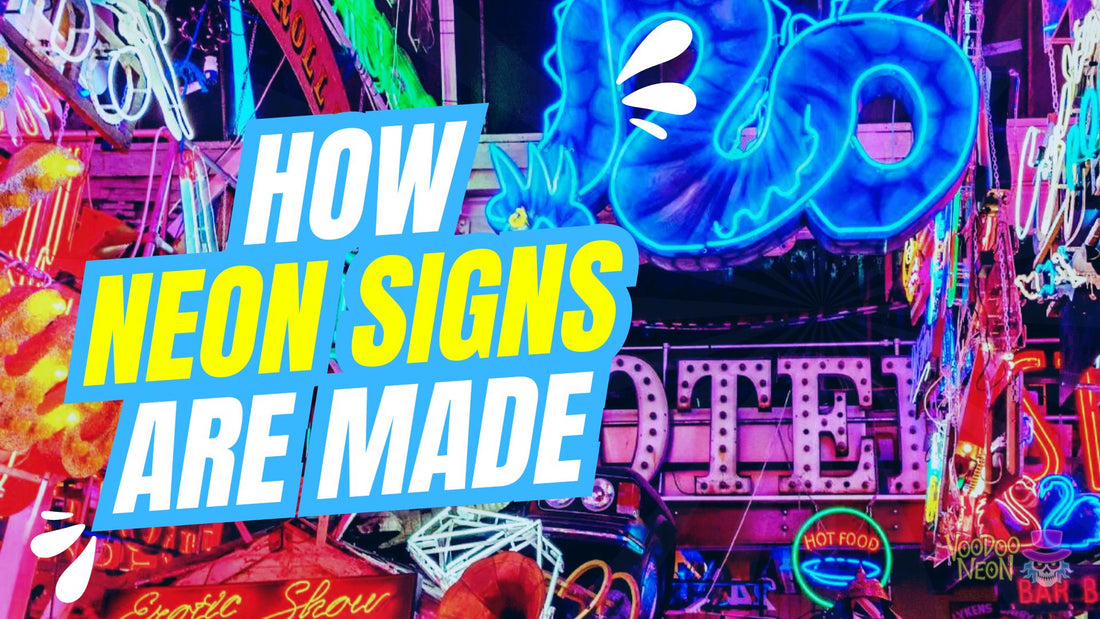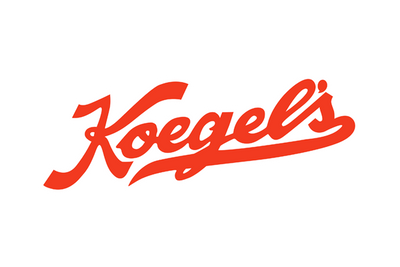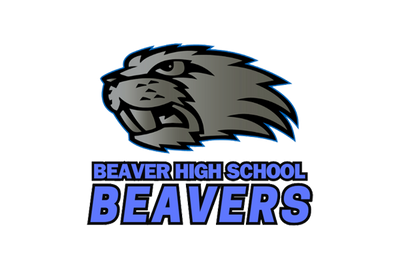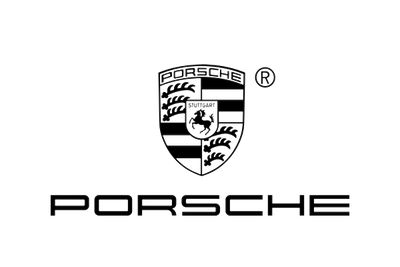
How Are Neon Signs Made?
Chris DiproseShare
Neon lighting has a nostalgic appeal that many people find charming. They have vibrant colors and eye-catching designs.
Have you ever wondered how these signs are made? - In this blog post, I take you on a closer look at the process of creating neon signs and the technology behind them.
- Creating neon signs is complex and requires artisans who are good with glass blowing and electrics.
- Glass neon signs can use one of several gases to produce different colors - including neon, xenon, krypton, mercury, and argon.
- Glass neon signs are made in an iterative process that involves heating, bending, and blowing glass tubes.
- Designing and creating neon signs can take from 4 to 100+ hours.
Let's dive into the process of creating a neon sign.
Design & Artwork
The most crucial part of creating a neon sign is the design process—this is where we put together concept designs of what the sign will look like and break down the sign's layering and components.
Once the concept designs are produced, we share these with the customer and seek feedback. This is an iterative process to refine the design to the exact sign the customer wants.
The first step in creating a neon sign is designing the blueprint for the sign. We use CorelDraw to do this.
Once the design has been confirmed with the customer, a full-size blueprint of the sign is printed - this allows our production team to replicate the tubing to the design - by physically matching it to the design on a bench top.
Different colors are marked on the blueprint design so that the glass benders can select the correct color glass tubing and the suitable gases to fill the tubing with.
Following these steps allows us to produce the highest-quality neon signs on the market.
Here are some examples of what the sign will look like in the design stages. The client for this job wanted to create a neon sign for a Gymnasium - "Invest in your best asset."

A digital design - Example of a neon sign design

The Manufacturing Process
Once the design is finalized and confirmed, then the design can be moved into production.
A blueprint of the neon sign is printed out. This serves as the guide for bending the glass tubes. We laid this out on a bench and positioned the cooled neon tubes on it to match the blueprint of the design.
An experienced glass tube bender lines up the sections of the glass tube against this blueprint to ensure we create the right bends, turns, and angles.
The glass bending process is as follows:
A glass tube is selected and heated in a gas blow torch to soften and make it malleable. The glass tube is then bent, and the glass is bent and cooled using a blow tube.
Neon tubes are created using the following steps:
Heat the glass tube
Heat the glass tube to make it malleable and easy to bend.

Bend It
A tube bender will swiftly bend the soft lead glass tubes into the desired shape. Shapes can be letters, numbers, 2D or 3D.

Blow It
We blow to ensure the even thickness of the glass tubing using a blow hose attached to the tube.

Match It
Match the glass tube to the blueprint design.

Repeat Prior 4 Steps
Repeat the four steps above to complete the whole section of the neon tube and match it to the design blueprint.

Attach Ends
Attach the end of the tube to the bent glass tube, which seals the glass tube.

Remove Air from the Tube
Using a low-pressure vacuum, we remove 80% of the air from the glass tube, eliminating most of the impurities.

Vaporizing and Cleaning the Glass Tube
We then pass an electrical current through the neon tube to heat it and vaporize any remaining impurities inside. Once heated for 20 seconds, we vacuum the remaining air and impurities from the tube at a higher pressure, removing all of the impurities.

Insert the Gas
Now, we pump in the gas associated with the desired color at a high pressure. These are inert gases that don't harm humans. In this case, we are pumping neon gas into the sealed glass tube.
Other gases can be used, depending on the desired colored light - these include mercury, argon, krypton, and xenon.

Testing the Neon Tubes
Using the two wires - one at each end - connect the glass tubes to a power supply and apply an electrical current to test the tube. The electric current reacts with the gas and creates a colorful light. The glass tube will glow with the color associated with the gas inside it.

Mounting & Wiring
Now that the glass tubes have been made, we set about mounting them to a rigid backboard.

Quality Control
Once all of the sections of the neon sign are created and its electrical wiring completed, we test the sign.
Before the neon sign is shipped, it undergoes our quality control process. This includes checking for defects, ensuring that the wiring is properly connected, and testing the sign to ensure that it lights up correctly.
The Final Neon Sign
Once the neon sign has been produced, we do some final checks and send photos and videos of the finished sign.
Below is an image of the actual neon sign in real life, mounted on a wall, with all of the components assembled.

Watch a Video of What This Neon Sign Looks Like
Conclusion
I hope this blog post has helped our customers understand how neon signs work and our creation process. Understanding these steps helps customers appreciate how complicated making a neon sign is.
If you want a neon sign, please talk with our team of expert neon sign makers and designers and fill out our custom quote form.
Frequently Asked Questions about Creating Neon Signs
How are neon signs manufactured?
Glass neon signs are made in an iterative process that involves heating, bending, and blowing glass tubes.
How are fake neon signs made?
LED neon signs are created by cutting and mounting LED neon flex to an acrylic backboard. The LED neon flex is a flexible plastic tubing matched to a printed design on the backboard.
How are neon signs filled?
Neon signs are filled using a pump that allows the insertion of particular gases in particular combinations and quantities. These gases produce specific colors that are matched to the sign's design.
How long does it take to make neon signs?
Designing and creating neon signs can take from 4-100+ hours.







